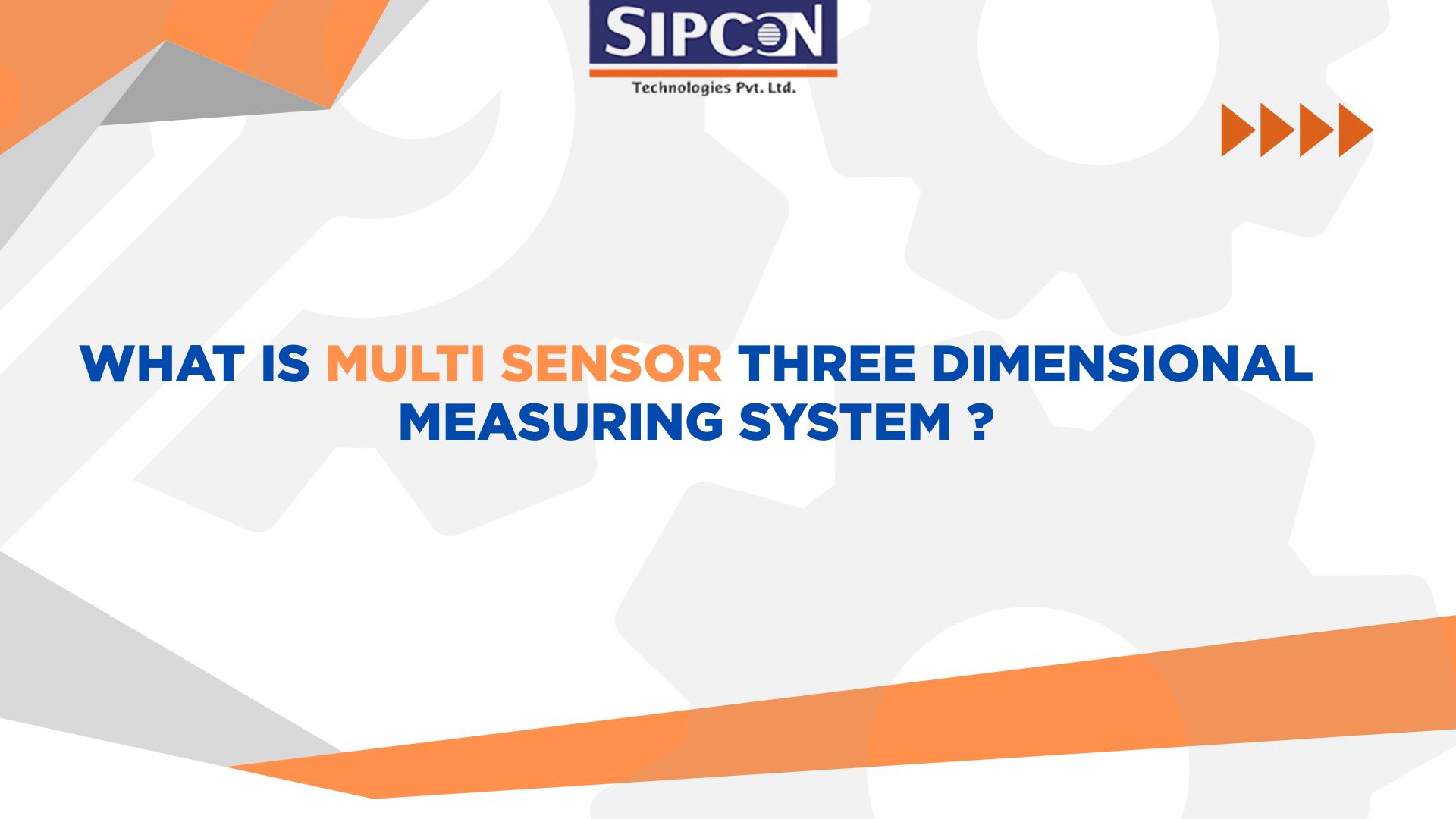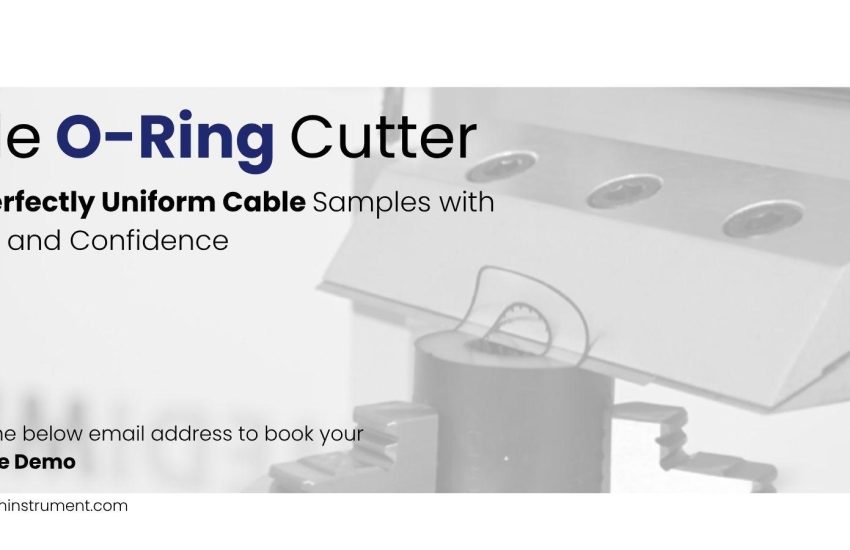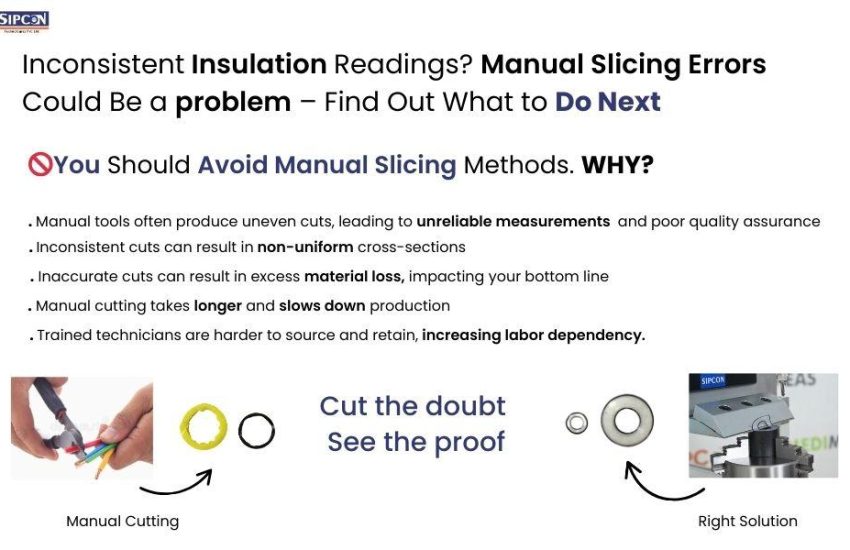What is Multi Sensor Three Dimensional Measuring System
Accurate and reliable measurement of complex components is the biggest challenge, particularly when confronting complicated geometries and close tolerances. Conventional measuring systems tend to be inadequate for parts with changing surfaces, materials, or delicate details.
This is where a multi-sensor three-dimensional measuring system emerges as a game-changer. By combining sensing technologies like optical, tactile, and laser sensors into one platform, this cutting-edge system provides an all-around solution for high-precision 3D measurement. Not only does it enhance accuracy and efficiency, but it also ensures quality control for a wide range of manufacturing applications, from aerospace to medical devices.
What is Multi Sensor Three Dimensional Measuring System
A multi-sensor three-dimensional measuring system uses optical, tactile, and laser sensors to capture accurate 3D measurements of complex objects. These types of systems are extensively employed in automotive, aerospace, electronics, and medical device production, where accuracy, repeatability, and time-saving are paramount.
By applying various sensors according to the geometry, material, and surface conditions of a part, the system can conduct all-inclusive inspections without requiring multiple setups or machines. It’s most suitable for inspecting parts with complex features, blended surfaces, or soft materials where conventional contact-only or optical-only systems are likely to break down.
How Does Multi-Sensor 3-D Measuring System Work?
A Multi-Sensor 3D Measuring System combines optical, tactile, and laser sensors within a single platform for fast, accurate, and comprehensive dimensional inspection. It is particularly useful for analyzing complex parts that require high-precision measurements from multiple angles and surfaces.
The system works by integrating data from different sensors, processing large volumes of input, and performing detailed measurements and analysis as required, as discussed below:
Sensor Integration
- Blends various sensors like optical (camera-based), tactile (probe-based), and laser sensors in one machine.
- Facilitates easy switching among sensors based on the surface, material, and geometry of the part.
- Provides complete capture of data from multiple angles and modalities without having to reposition the workpiece.
Data Processing
- Acquires raw data from each sensor and transforms it into uniform 3D coordinate data.
- employs powerful software algorithms for registering, combining, and filtering data from various sensor inputs.
- Reduces errors and enhances reliability by cross-verifying sensor outputs.
Measurement and Analysis
- Conduct precise dimensional checks, surface profiling, and geometric analysis.
- Automatically compares measured data with CAD models or design specifications.
- Creates extensive reports and visual outputs for quality control and further decision-making.
Key Features of Multi Sensor 3-Dimensional Measuring System
The Multi Sensor Three-Dimensional Measuring System has various advantages, including sensor flexibility, auto sensor fusion technology, high resolution imaging and scanning, ease of programmability and automation, and full analysis. These are discussed below:
Sensor flexibility
Among the central strengths of this system is its sensor flexibility. The capability to instantly shift between contact and non-contact sensors means the machine can work with a broad variety of materials—ranging from reflective metals to fragile plastics—without sacrificing measurement precision.
Automated sensor fusion technology
Another important feature is the automated sensor fusion technology, which allows the system to use the data from various sensors intelligently. This provides a complete and accurate 3D model of the object under measurement. Data inputs are processed by the system software in real-time, registering and integrating them to achieve a coherent coordinate system.
High-resolution scanning and imaging capabilities
Equipped with sophisticated optics and high-speed laser technology, a multi-sensor measuring system capable of capturing precise surface textures and micro-features easily overlooked by single-sensor systems. This is especially critical in sectors such as aerospace, automotive, and medical devices, where even slight variations may cause performance problems or safety hazards.
Programmability and automation ease
Ease of programmability and automation is yet another characteristic of the Multi Sensor 3D Measuring System. Most systems feature operator-friendly interfaces and CAD-based programming that enable operators to develop their measurement routines. These routines can be replayed with high accuracy, minimizing human error and increasing production throughput.
Complete analysis
The multi-sensor 3-D measuring system offers complete analysis and reporting capabilities. It not only takes measurements and compares the size of a component but also produces detailed inspection reports complete with 3D graphics, tolerance analysis, and statistical information. This is priceless for quality assurance, compliance audits, and product verification.
Benefits of Using Multi Sensor Three Dimensional Measuring System
Key benefits of multi sensor measuring systems include enhanced accuracy and versatility, time and cost efficiency, quality control & assurance, and provide valuable insights.
Enhanced Accuracy and Versatility
One of the biggest benefits of multi-sensor systems is their increased accuracy and flexibility. In contrast to single-measurement instrument tools that use a single detection method, multi-sensor systems can adjust to various types of surfaces and measurement functions without sacrificing precision.
Time & Cost Efficiency
With the possibility of carrying out various measurements within a single setup, multi-sensor systems significantly minimize the necessity of re-clamping or repositioning the workpiece. This makes the inspection run smoothly and minimizes the downtime for changing between various machines or setups.
Quality Control & Assurance
Multi-sensor systems also play an important role in quality assurance and control. They have a high degree of automation and accuracy, reducing human interference and allowing them to inspect parts consistently to ensure they are up to very strict design and regulatory specifications.
Offers valuable insights
In addition, the advanced software functionality that comes with these systems gives useful information. The combination of 3D data processing, real-time monitoring, and smart feedback enables engineers and quality inspectors to make informed decisions.
Applications of Multi Multi-Sensor 3-D Measuring System
Multi-sensor three-dimensional measuring system is used in many industries such as Medical, Automotive, Aerospace, Tool and die making, Plastic Industry, Electronics industry, and Research and Development. However, the usability can vary based on the requirements of the particular industry.
Aerospace Industry
Multi-sensor systems are employed in the aerospace industry to examine complex geometries, check tolerances, and validate dimensional conformity with CAD models. Optical sensors measure sensitive or reflective surfaces without risking damage, while tactile probes evaluate inaccessible internal features.
Automotive Industry
Automotive parts—like engine blocks, gearboxes, and transmission components—usually possess intricate surfaces and close tolerances. Multi-sensor systems enable quick, reproducible testing during various stages of production. They detect deviation early, ensure consistency during mass production, and validate that every part is quality-approved.
Medical Device Manufacturing
Accuracy is not negotiable in devices such as implants, surgical equipment, and diagnostic devices. Multi-sensor systems allow for thorough inspection of these components, most of which are constructed from a combination of materials or possess micro-scale details. Optical sensors provide safe, contactless measurement of delicate objects, while tactile sensors confirm structural precision.
Tool and Die Making
Accuracy in the tool and die business has a direct bearing on the quality of stamped or molded parts. Multi-sensor systems are used to make 3D measurements of dies, molds, and fixtures to ensure that they meet design specifications precisely. This reduces rework, enhances tool life, and ensures production consistency.
Electronics and Semiconductor Industry
Miniaturized electronic components demand extremely precise and reproducible measurement. Multi-sensor systems are capable of examining solder joints, PCB designs, chip sizes, and microstructures to high precision. Their non-contact sensors prevent damage to sensitive parts, yet still provide detailed information.
Plastic and Injection Molding Industry
Plastic parts molded tend to warp or shrink when produced. To detect final products and match them against design files, multi-sensor systems are employed. This enables manufacturers to make changes to mold parameters as needed. This assists in minimizing the wastage of material and producing consistent products.
Conclusion
The Multi-Sensor Three-Dimensional Measuring System is the future of industrial metrology. Its ability to combine several sensors in one smart platform provides unparalleled versatility, speed, and accuracy for advanced inspection jobs. As manufacturing industries challenge innovation and design, these systems will be at the forefront of ensuring quality, minimizing defects, and enabling advanced manufacturing processes.
From aerospace and automotive to medical and manufacturing, embracing this technology can have a dramatic impact on measurement performance and process efficiency.



